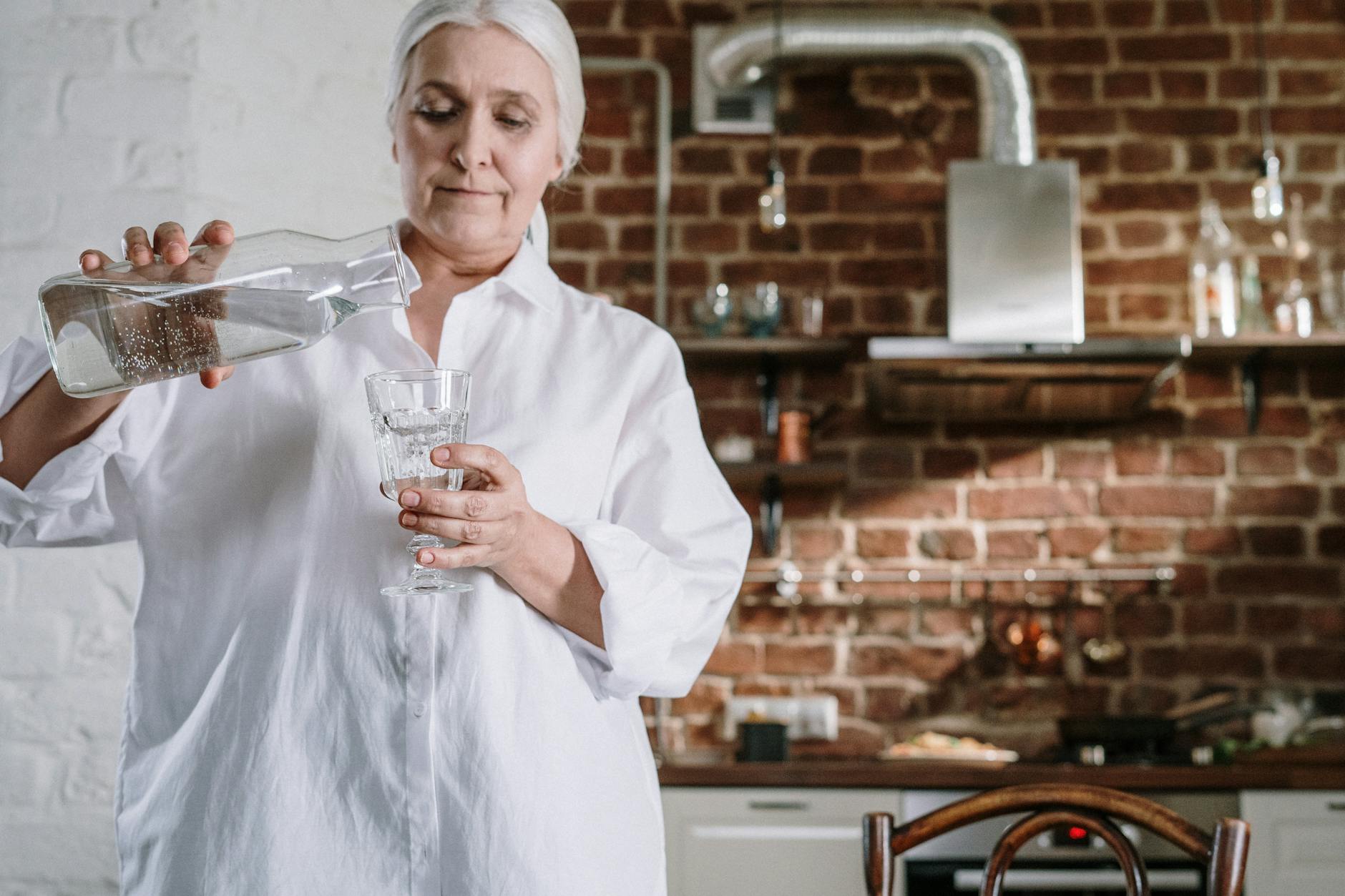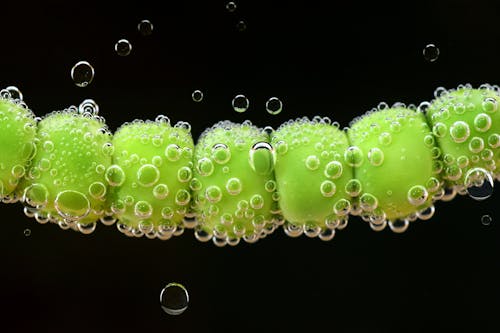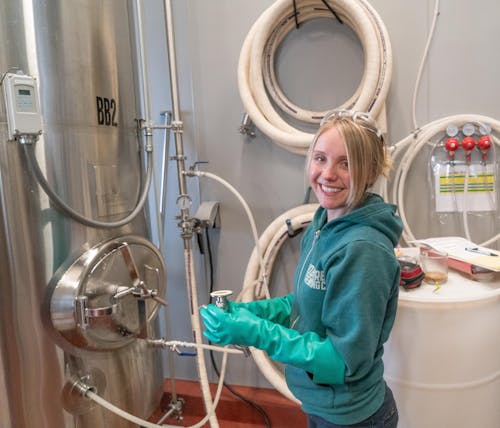How To Make Water Safe For Drinking At Home :
Today we are going to talk about how to make the water in our house drinkable, that is, how to use tap water for daily tasks, because you have to
Methods of how to make water safe for drinking at home
We are used to turning on a tap and filling a glass of water, turning on a tap and brushing our teeth, turning on a tap and taking a shower… But… what if one day we had to make water drinkable?
Water can transmit disease when it is contaminated. Making the water in our house drinkable allows us to destroy any microbes or parasites that may be in it and prevent them from causing diseases in the population.
1 : Boil disinfection :
To make the water in our house drinkable to eliminate bacteria it is necessary for the water to boil for 15 to 30 minutes. It is a simple and inexpensive way to disinfect the reach of most homes.
The disadvantage is the concentration of the dissolved mineral content, due to the vaporization of the water, in addition the taste of boiled water is usually unpleasant, another disadvantage would be the difficult handling of several small amounts in different containers of boiling water.
2: Chlorine disinfection :
Chlorine disinfection Chlorination is one of the fastest, cheapest, and most effective methods of eliminating bacteria in water. The amount of chlorine that must be added to the water depends on the concentration of the compound of this substance that is sold in your region, generally, two drops per liter are enough. After adding the chlorine [CL2], it is important to wait half an hour before drinking the water.
The water in the provide network is already chlorinated, so it may happen that by adding more chlorine, the excess is manifested in the taste (making it very unpleasant); this poses no health risks.
3 : Activated carbon filter :
carbon ac filter In this system of making the water drinkable, it passes through an activated carbon filter, which contains millions of microscopic holes that capture and break down the pollutant molecules. This method is very efficient at removing chlorine, odor, off-flavors, and heavy solids in water, as well as retaining some organic contaminants, such as insecticides, pesticides, and herbicides. The risk posed by these filters is that they can become saturated and contaminated with microorganisms, therefore, it is necessary to change them every five months, otherwise, if you do not have a disinfection system placed after the filter, the water is no longer safe to use. to drink. The activated carbon filtration equipment includes a fiberglass tank, a control valve and the filter; it can last up to 6 years.
4: Ozone purification :
Make household water drinkable ozonated water As a water purifier, ozone is a very effective gas because it decomposes living organisms without leaving chemical residues that can harm health or alter the taste of water. Reducing its cloudy appearance, the bad smell and taste of the water, as well as the amount of suspended solids. Not only does it kill disease-causing bacteria, it also inactivates viruses and other microorganisms that chlorine cannot destroy. It is expensive and requires maintenance, special installation, and uses electrical energy.
5: Ultraviolet (UV) disinfection :
purification-by-ultraviolet In a first stage, the water passes through a filter that retains the particles in suspension. Then it goes through an activated carbon filter, which eliminates the bad smell, taste and color in the water, as well as the chlorine. Finally, the water is purified by means of ultraviolet light, which is responsible for destroying the bacteria. This method is automatic, effective, environmentally friendly and easy to install; In addition, it can purify up to 200 liters of water per day. The filters in this type of equipment should be replaced every six months and the UV lamp bulb should be changed every year.
Purification of the water in our house by reverse osmosis Home Reverse Osmosis The reverse osmosis process to make the water in the house drinkable uses a semi-permeable membrane that separates and removes solids, organic substances, viruses and bacteria dissolved in the water from the water. It can remove about 95% of total dissolved solids (TDS) and 99% of all bacteria. Membranes only allow water molecules to pass through, trapping even dissolved salts. The Osmos filtration kit includes a sediment filter, an activated carbon filter, a membrane, a UV lamp, and two post filters.
Its daily output is 200 liters of water and with proper care, it can be used for up to 10 years.
This method is not recommended for hard water, ie water that contains a high percentage of calcium and magnesium salts. All of these methods can be combined with our antique RF equipment to secure the entire hydraulic installation, water heater, gas heater, boilers, washing machines, dishwashers, taps, etc.
In general, filtration or purification equipment provides good results, as long as the manufacturer's recommendations are followed. Before you get one of these systems for your home, it's easy to verify that the equipment fits your needs and budget, considering the duration. the equipment and its maintenance needs.





0 Comments